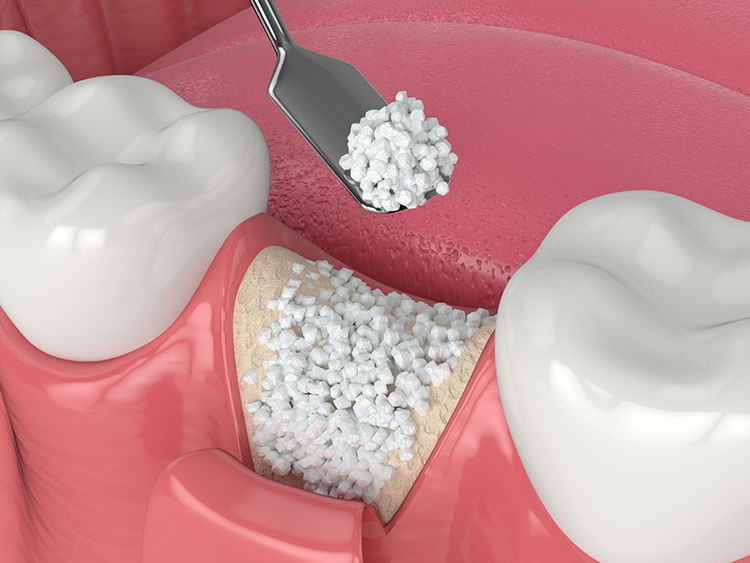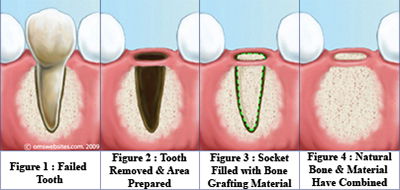Bone grafting

Dental bone grafting has revolutionized the field of dentistry, offering a transformative solution for patients with insufficient bone structure. This procedure plays a crucial role in preparing the jaw for dental implants, restoring oral health, and ensuring successful implant placement. This article explores the numerous benefits of dental bone grafting and highlights its importance in modern dental care.

- Enhanced Implant Success:
Dental bone grafting is essential for patients with inadequate bone volume in the jaw, which can be caused by tooth loss, trauma, or periodontal disease. By grafting bone material onto the deficient area, bone grafting promotes new bone growth, strengthening the jawbone and providing a stable foundation for dental implants. This significantly increases the success rate of implant procedures and ensures long-term stability and functionality.
- Improved Aesthetics:
Bone loss in the jaw can lead to a sunken facial appearance, causing premature aging and diminished self-confidence. Dental bone grafting restores lost bone volume, revitalizing facial contours and enhancing the overall aesthetics of the smile. With a fuller jawbone, patients can regain a youthful appearance and experience a renewed sense of self-esteem.
- Restored Oral Function:
Insufficient bone structure in the jaw can compromise oral function, affecting speech, chewing ability, and overall comfort. Dental bone grafting addresses these concerns by rebuilding and strengthening the jawbone. This enables patients to enjoy improved bite alignment, enhanced speech clarity, and the ability to eat a wider variety of foods, restoring normal oral function and quality of life.
- Preserved Facial Structure:
When teeth are lost or extracted, the underlying jawbone tends to resorb over time, leading to a shrinking of the jaw and changes in facial structure. Dental bone grafting halts this bone loss process by promoting bone regeneration, preserving facial structure, and preventing further deterioration. This helps maintain a youthful appearance and avoids the need for additional cosmetic procedures in the future.
- Versatile Applications:
Dental bone grafting is not only essential for dental implant placement but also serves a broader range of applications. It can be used to repair defects caused by trauma, correct congenital abnormalities, or enhance the success of other dental procedures such as denture stabilization or ridge augmentation. Its versatility makes bone grafting an invaluable tool in comprehensive dental care.
Conclusion: Dental bone grafting plays a vital role in restoring oral health, ensuring successful implant placement, and improving overall aesthetics and functionality. With the ability to regenerate bone, this procedure offers patients a second chance at a healthy and beautiful smile. By choosing dental bone grafting, individuals can regain confidence, enjoy enhanced oral function, and preserve their facial structure for years to come.